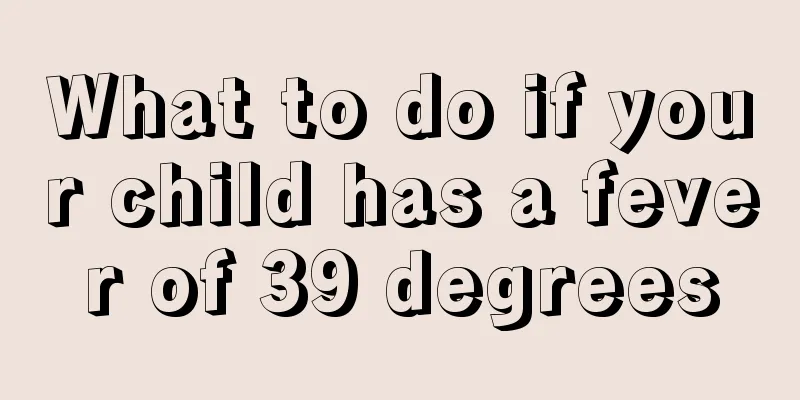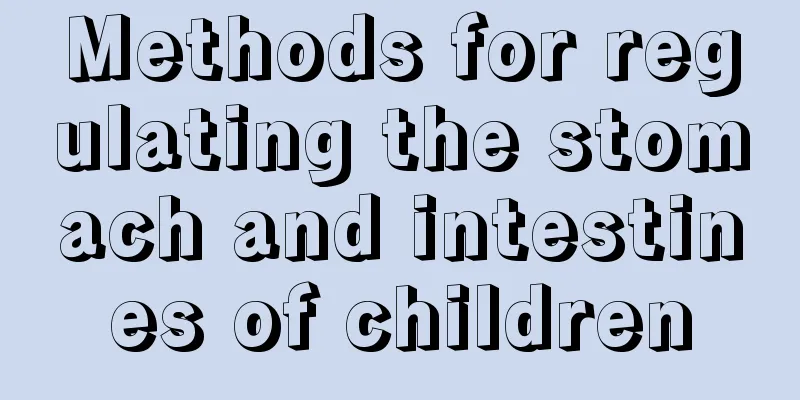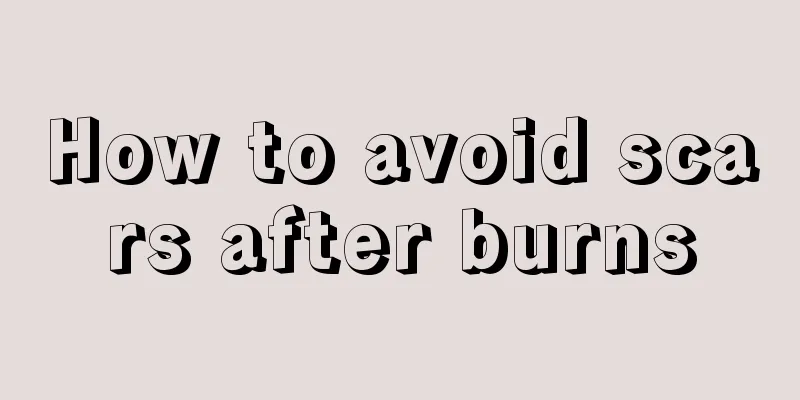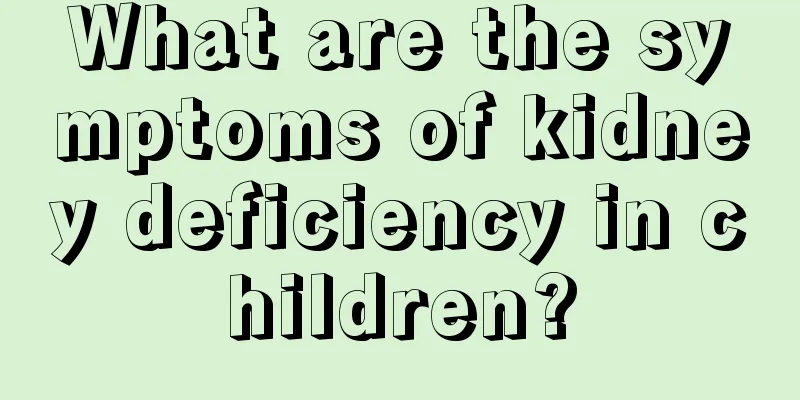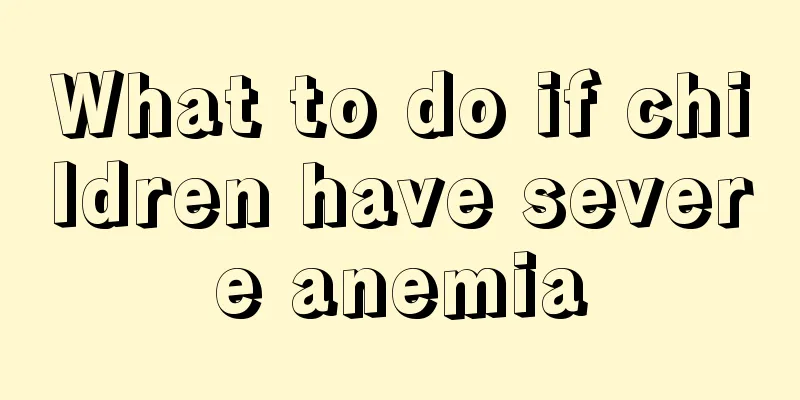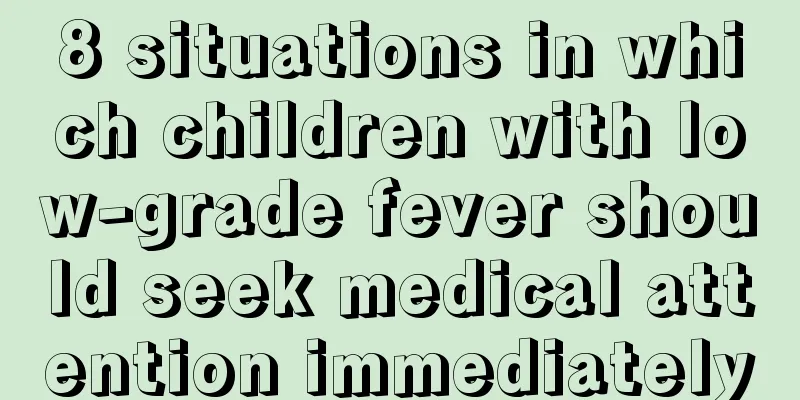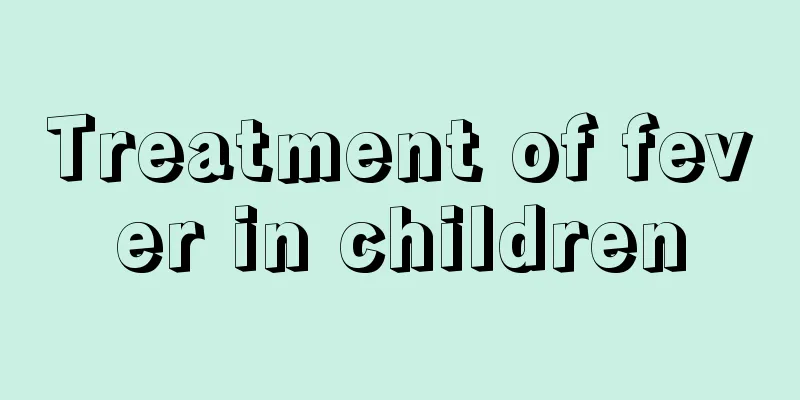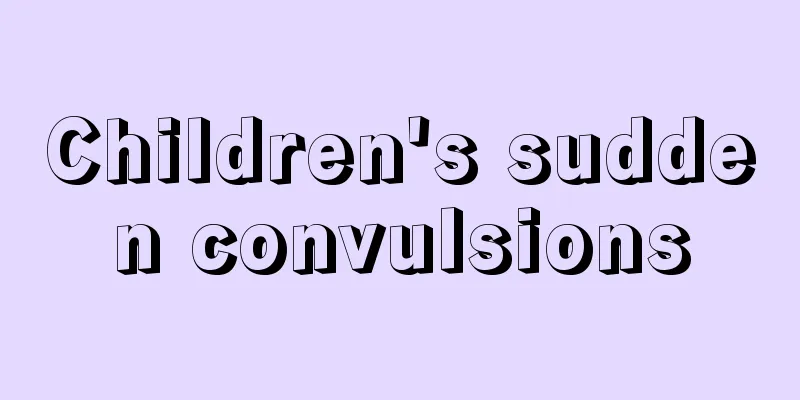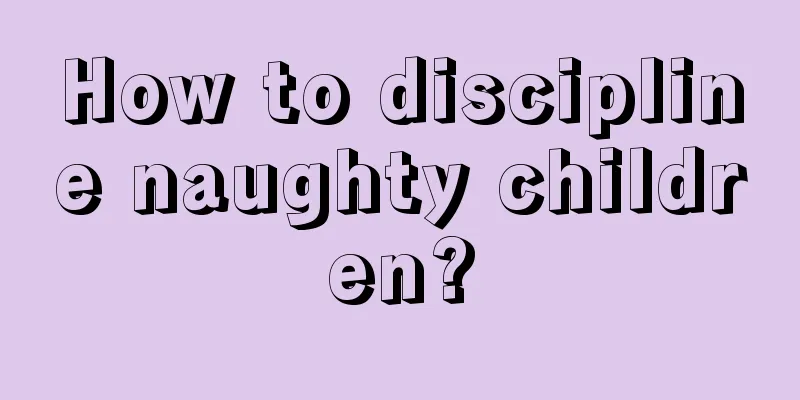What are the symptoms of ADHD in 5-year-old children?

|
The main population of patients with ADHD is children, and the condition is also related to age, treatment, etc. If not treated, it will affect one's life. Early treatment can control its development. ADHD is not easy to diagnose in childhood and can be confused with hyperactivity disorder. Parents cannot control their children's behavior and thoughts. It is necessary to analyze and judge the manifestations of ADHD in children. So what are the manifestations of ADHD in 5-year-old children? The manifestations can be analyzed based on symptoms and signs. 1. Pay attention to defects One of the core symptoms of ADHD is that the child's active attention span cannot reach the level corresponding to his or her age and IQ. The attention of such children is easily distracted by the environment and their attention span is short. Therefore, they often appear inattentive when playing with building blocks or attending classes, are easily distracted by environmental interference, and frequently shift their attention from one activity to another, as if they have lost interest in the original thing because they have noticed new things. He cannot concentrate on his homework, plays while doing it, keeps changing the content of his homework, and interrupts his homework with excuses such as drinking water or eating. He is careless, makes random changes, and forgets things, which significantly prolongs the homework time due to procrastination. They react to almost all stimuli from all sides and cannot filter out irrelevant stimuli, so it is difficult for them to concentrate. A small number of children show symptoms of staring at one point in a daze, sitting upright in the classroom and looking at the teacher, while their inner thoughts have already flown away. When the attention deficit is mild, the child can concentrate on activities that interest him or her, such as watching TV, listening to stories, etc.; when the attention deficit is severe, the child cannot concentrate on any activity. 2. Too much activity Most children with the disorder are extremely active since childhood. In an environment that requires relative quiet, the amount and content of activities increase significantly, which is particularly prominent in situations that require self-restraint or order. It is another core symptom of ADHD. Hyperactivity usually begins in early childhood and becomes more pronounced after entering elementary school due to various restrictions. Some children begin to be hyperactive during infancy. They are particularly active and will crawl out of their cradles or strollers. When they begin to learn to walk, they often run instead of walk. When the child is a little older, he can only read a few pages of a picture book and then change the book or simply tear it up. Sometimes I rummage through boxes and cabinets and make a mess. After entering primary school, he showed excessive restlessness in the classroom and/or made many obvious small movements. He could not sit still, twisted and turned in his seat, looked left and right, looked here and there, rocked the table and swivel chair, talked a lot and was noisy, could not sit still, often provoked others, always touched everything he could touch, made noises on purpose to attract other people's attention, and often quarreled or fought with classmates. He often annoyed the teacher because of his habit of interrupting and disturbing others. Failure to observe classroom discipline and order. He likes dangerous games, climbing up and down, and playing pranks. 3. Impulsiveness Due to their lack of self-control, ADHD children often overreact to unpleasant stimuli, act without thinking, are irritable, and destroy things without considering the consequences. It manifests itself as childishness, willfulness, poor self-control, easy irritability and impulsiveness, easy excitement due to external stimuli, and strong sense of frustration. Behaving rashly and impulsively; lacking careful consideration beforehand and acting without regard for the consequences, resulting in dangerous actions such as hurting others or causing destruction under impulse; and not learning lessons afterwards. Whatever they want, they have to get it satisfied immediately, otherwise they will cry, lose their temper, and often cause trouble. They are emotionally unstable and will shout or make a fuss for no reason. They are also impatient and do things in a hurry. Impulsiveness and willfulness are prominent and common symptoms of ADHD. For this reason, some scholars regard it as a core symptom. 4. Learning difficulties The intelligence level of children with ADHD is generally normal or near normal. However, due to attention deficit and hyperactivity, it still brings certain difficulties to learning, affecting the children's classroom learning effect and the speed and quality of completing homework, resulting in poor academic performance and academic performance inconsistent with the intellectual level. Some children have cognitive defects, such as visual-spatial position disorders. They cannot distinguish the relationship between the subject and the background, cannot analyze the combination of graphics, cannot integrate the various parts of the graphics into a whole, and cannot distinguish between left and right. They write words upside down, write "bu" as "pei", read "6" as "9", see "b" as "d", and even cannot distinguish left from right. The changes in the former belong to comprehensive analysis disorder, and the changes in the latter belong to spatial positioning disorder. They also have difficulties in reading, spelling, writing or language expression. Children with ADHD answer without careful thinking and have incomplete understanding, which is also one of the reasons for learning difficulties. What are the symptoms of ADHD in 5-year-old children? Parents can analyze the abnormal manifestations in the article. As long as the symptoms of the children are very similar, they should pay attention to it. Activeness and liveliness will improve with age, while ADHD will become more serious. When it develops to elementary school, learning difficulties are also one of the most obvious symptoms. Parents can diagnose the disease based on these symptoms, and it can be reasonably controlled after treatment. |
<<: Why does an eight-year-old child sweat when sleeping at night?
>>: What should a 5-year-old child eat when he has a cough?
Recommend
What to do if children's fingers peel
When spring comes, many people will experience pe...
What causes precocious puberty?
Children nowadays are spoiled by their parents, w...
Why do children lose their hair?
Before a child is one month old, he or she may ex...
What to do if your one-year-old baby has phimosis
For the growth and development of their babies, m...
What is the correct sitting posture for primary school students?
We all know that primary school students are in t...
Why does my child's farts smell so bad?
Whether a child's farts are normal or not als...
The child has convulsions when he has a fever
When a child has a fever, parents should not worr...
Is red eyes a disease in children?
Children's eyes are the cleanest things in th...
What should I do if my child’s nose is always blocked?
In daily life, many people will encounter the phe...
What to do if the baby girl is red and swollen below
Many parents believe that children do not need vu...
When should a child's circumcision be performed?
Many parents of children with foreskin that is to...
Is MRI harmful to children?
Magnetic resonance imaging is a relatively common...
Why are newborn babies' faces different in size?
It is not uncommon for newborns to have faces of ...
How to treat watery stool in children
Sometimes children will have diarrhea if they acc...
Reasons for excessive sweating on the head of children
It is every parent's wish that their children...
